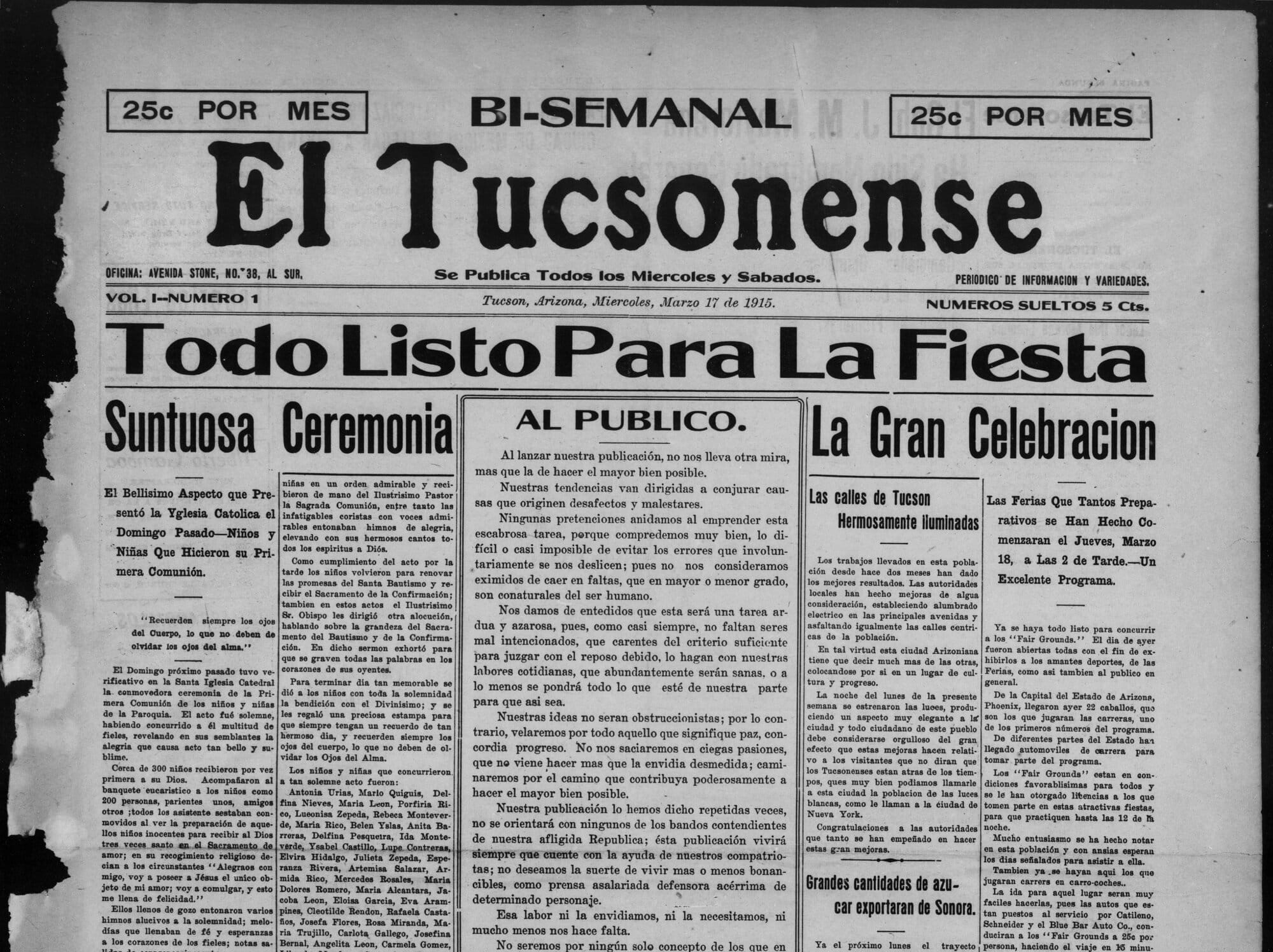La Estrella de Tucsón: From rise to closure
La Estrella de Tucsón once served as a vital source of local news and cultural connection for Tucson’s Spanish-speaking community, but its 2023 closure marked the end of an era—and the beginning of an information gap for nearly half the city’s population.

Tucson once had a vibrant Spanish-language newspaper serving nearly half the city’s population, until La Estrella de Tucsón shut down its website and weekly print edition in April 2023, leaving the community without a dedicated source of local news in Spanish.
The closure of La Estrella marked the end of an era for Spanish-language journalism in the city. Despite Tucson’s deep Hispanic roots and a population where nearly half identify as Hispanic, the loss of thebnewspaper created an information desert for Spanish speakers seeking local news.
To understand the impact of La Estrella’s closure, it’s important to look back at the city’s rich cultural history and the role the paper played in the community.
Tucson has preserved its rich Hispanic heritage, unlike many other cities transformed by Western expansion. Its Mexican roots remain a defining part of the city’s identity today.
Tucson now boasts a 40% Hispanic population, but there is no place to find robust, local and reliable news in Spanish.
News sites including Tucson Spotlight and Arizona Luminaria offer some stories in Spanish, and a handful of local Spanish-language publications offer some news and information, but none offer as much as the journalism-forward La Estrella de Tucsón, which was the Arizona Daily Star’s Spanish-language sister paper.
“With the closure of La Estrella, I dare say that an information desert was created in Tucson for the Spanish-language community,” said Liliana Lopez Ruelas, former La Estrella editor. “At that time, there was no other media outlet that was offering sufficient, high-quality local information and reporting with the journalistic rigor that La Estrella de Tucsón did.”

At the time of its closing, La Estrella ran on a skeleton staff with one full-time editor and two part-time reporters (including Tucson Spotlight Deputy Editor Susan Barnett).
But in its heyday, La Estrella had a full team: an editor, multiple reporters, a copy editor, a graphic designer and contributors like an opinion writer, entertainment reporter, sports columnist and even a movie reviewer. It produced original content as well as translated stories from the Star.
“La Estrella had all the sections you’d typically find in a local, national and international newspaper. We had a little bit of everything for everyone,” Lopez Ruelas said. “We focused a lot on portraying the community, not only in our articles, but also in social events and other things.”
La Estrella de Tucsón was conceived of and launched in 2004 by Jose Merino, then the Star’s art director.
“When I first arrived in Tucson as an immigrant from Sonora, I didn't find a medium that could provide me with the necessary information to help me assimilate to the civic, social, fiscal and other customs,” Merino said. “That was the main impetus for the project.”
He conducted a study to see how Tucson’s Hispanic community got its news, speaking with people at grocery stores, working-class residents in the streets, and members of his own family. He presented the results to Jane Amari, then the Star’s publisher, who Merino says played a fundamental role in getting the publication off the ground.
Once the case had been made and approved, the next big question was what to name the publication. Merino initially wanted to name it El Tucsonense, unaware the name had belonged to a newspaper that served the Hispanic community from 1915 to the early 1960s.

He eventually settled on La Estrella de Tucsón, translated as “The Star of Tucson” — a fitting companion to The Arizona Daily Star.
La Estrella began as an immigrant press, a “foreign-language newspaper that in the long run promotes assimilation of immigrants,” according to American sociologist Robert E. Park.
Although assimilation can have negative connotations, La Estrella served as a tool to help immigrants understand how the United States works.
“The important thing for us was always trying to provide them with the tools they needed to quickly assimilate into Tucson society,” Merino said. “We tried to maintain the focus on improving the lives and position of the Spanish-speaking community in Tucson. People who had been in the country for ten years, people who had been in the country for five years, or people who had just arrived.”
La Estrella de Tucsón was more than just a newspaper, it was a bridge connecting generations of Spanish speakers to the city around them.
By providing vital information in their own language, it helped many navigate a new country while honoring their cultural roots.
But maintaining that connection wasn’t always easy, and the challenges ahead would shape the fate of Spanish-language journalism in Tucson.
Susan Barnett is Deputy Editor of Tucson Spotlight and a University of Arizona alum. Contact her at susan@tucsonspotlight.org.
Tucson Spotlight is a community-based newsroom that provides paid opportunities for students and rising journalists in Southern Arizona. Please consider supporting our work with a tax-deductible donation.



